Diane Gaudynski
Diane Gaudynski
2022 Inductee
The following is taken from correspondence between Diane Gaudynski and Deb Geyer from The Quilters Hall of Fame:
Deb: I have that you started quilting during the 1970s. Someone said that you struggled with hand quilting but then in 1988 you were inspired by Harriet Hargrave’s book, Heirloom Machine Quilting. Did you take any classes from Harriet or are you self-taught from books?
Diane: I did begin to quilt in the 1970’s, learning to piece and do a little hand quilting. I was very frustrated by how long the quilting took and when done it was basic, not at all what I would have liked. I almost gave up on it all, did try lap quilting by hand with Georgia Bonesteel’s techniques, but even that was hard on me physically. At that time quilting was an escape from some health problems, and it was frustrating to have so many ideas that bogged down in the hand quilting.
I belonged to our state’s quilt guild which brought in teachers and lecturers, lots of inspiration and information. Harriet Hargrave was a featured speaker, but I honestly didn’t think there was any way to quilt on a home sewing machine and get the result I wanted, vintage, not puffy, but heavily quilted. My sister persuaded me to go with her to Harriet’s lecture and at one point during it I swear there was an illuminated light bulb over my head as when she said the magic words, “drop the feed dogs”!
Of course! I took notes, saw her quilts and couldn’t believe the possibilities. The next week I searched for necessary tools and supplies, and with a very basic began the rest of my life’s adventure with her information as my guide.
Definitely it was more difficult than I had imagined, more physically demanding too, but I never considered giving up. I managed to layer, mark, and quilt a queen size quilt on my trusty old Singer in about a week. I was thrilled, and never looked back.
Deb: After polishing and refining your techniques, you began to win awards and soon you were winning awards at every show you entered. What year did you win your first award and which quilt would that have been? I have that six of your quilts have a permanent home at the National Quilt Museum. Is that correct?
Diane: Yes, much to my surprise I was so ahead of the curve with machine quilting that even my very early, very simple quilts did win awards at our WI quilt shows, with stiff competition from hand quilters as there were not enough machine quilted entries to have their own categories….yet!
That first quilt I made with scribbled notes from Harriet’s lecture won a blue ribbon in the pieced bed quilt category at an excellent local judged show. I was encouraged by this but knew I did have to refine and grow and learn to do so much more if I wanted my quilts to be what I dreamed they could be.
With each quilt, large or small, I tried to improve my skills a bit at a time. If I had tried to do it all at once none of the skills would have become second nature to me. My quilts are a progression, from piecing techniques, art/design/color, knowledge of my materials and finishing techniques, and to the actual quilting skills, all are a story to be seen from Quilt #1 to my final work.
I am self-taught, never took a class but attended lectures and quilt shows, read books on historical quilts, steeped myself in history, knowledge, design, color, everything I loved to see. Then I turned to how-to books to help perfect skills, some as basic as putting on a binding.
I observed quilt in shows as often as possible, watched various early groundbreaking TV quilting shows, and used all that information from wonderful quilters who shared and taught how to make a quilt, beginning to end. It was definitely an adventure, and one that was never dull or boring, but always a challenge with incredible fun and fulfillment along the way.
First year for an award: 1989 for my first machine quilted quilt, a very scrappy one called “Lost Ships,” with lots of triangles and overall grid for quilting. The award was Viewers’ Choice at a local quilt show.
After that in judged shows I did win awards every time I entered, but in 1992 I won a special award at a local fall festival quilt show, again Viewers’ Choice, but also a special award to the quilt in the show chosen by a committee to win a $250 prize for excellence by a local business, my first major award.
The coordinator called asking that I return to the event with no idea why, even wondering if something had happened to my quilt. They had an award presentation, press photos, and lots of publicity with the presentation.
The show coordinator handed me an entry form to the AQS Show at Paducah and told me to do it! The quilt was “Feathered Star,” my first entry at the AQS show. When it was juried in it marked the real beginning of my career in quilting and teaching. It did not win an award but certainly had an impact on viewers viewing a very vintage inspired quilt with flat cotton batting and closely spaced machine quilting hanging with other pieced quilts in that category that were much more 1993: more modern, brighter, and puffy. Many simply refused to believe that it was machine quilted, and that it had been done on my home machine.
I think my heart skipped more than one beat to walk into that prestigious quilt show and see my humble quilt hanging there. And I loved how it looked displayed there with other beautiful work.
————–
I do have six quilts in the National Quilt Museum as the result of purchase awards in the AQS Show in Paducah. Five of them are bed size, and one, “A Visit to Provence,” is a miniature whole cloth quilt that I still can’t believe I really made. The planets were aligned just right when I had the idea to try this and went right ahead with it, no pausing, until it was fully realized in about two weeks.
The first quilt that became a part of the museum’s collection was in 1997, “Kettle Moraine Star,” so from that first machine quilted quilt in 1989 it took me about eight years of work and learning to win a major award at an important international juried quilt show and contest.
Deb: Which of your quilts is your favorite?
Diane: It’s hard to pick one, as each one is special to me. I think the one that is my favorite and perhaps my best work is the miniature whole cloth quilt “A Visit to Provence.” I still can’t believe I really made this little quilt and every time I see it at the National Quilt Museum it almost brings tears to my eyes.
When I had the idea to try this, I plunged right in with no doubts at all. There was no second guessing, no pausing, and I worked out the design as I went along from a bare bones idea until it was fully realized. I learned to quilt with no marked designs, only guidelines for positioning, still keeping the traditional classic formal style. It was amazing to see it unfold before me as I quilted and know I’d never go back to old methods after experiencing the freedom and demands of that quilt.
Deb: What year did you start to teach? And what led you into teaching? Do you enjoy teaching? What is your favorite part of teaching?
Diane: I think my first quilting class was perhaps in 1993 at our local quilt shop, Pamella’s Place. The owner asked me if I would teach and I decided to give it a try, never imagining that it would take me all over the country for many years, working with talented and amazing students. I definitely grew as a quilter because I worked with my students and taught them but also learned from them.
I had begun a career as a high school English teacher, so teaching was something I had experience with and enjoyed very much. Switching to teaching a skill like quilting was hard at first because things that were self-explanatory to me needed lots of time to explain, to show, and to do so in ways that most students would understand. Every class I learned what worked best and modified my teaching so that students would have their best chance at success.
I enjoy teaching quilting very much and now that I’m retired I miss it and think often of “class” and my wonderful students. It was a joy to see them achieve, to grow within their own style, capabilities, and creative design; that’s my favorite part of teaching.
Deb: I have that you have written two books: Guide to Machine Quilting and Quilt Savvy: Gaudynski’s Machine Quilting Guidebook. And that you have also written magazine articles, on your website and blog.
Diane: Yes, I authored two books with the help of my AQS editor Barbara Smith, and although out of print at this time they can be found in secondary markets and digital versions. I had a regular magazine column in American Quilter, the AQS magazine, and wrote articles for all the quilting magazines over the years. My blog was an extension of print, and I could add more photos and expand on techniques and information with no limits.
Deb: Thank you, Diane, for sharing your time and expertise with other quilters and for showing us that machine quilting can be as fine as the finest hand quilting.
In our busy lives, many of us have turned to machine quilting as a way to make more quilts or to make quilts at all. However, machine quilting need not be tension-producing, difficult, or sub-standard. A machine-quilted quilt is not necessarily inferior or sloppy, for machine quilting is simply a different way to create a beautiful quilt. The same care and effort is used in machine work as in the finest hand work.
Diane Gaudynski.
Guide to Machine Quilting, pg 7.
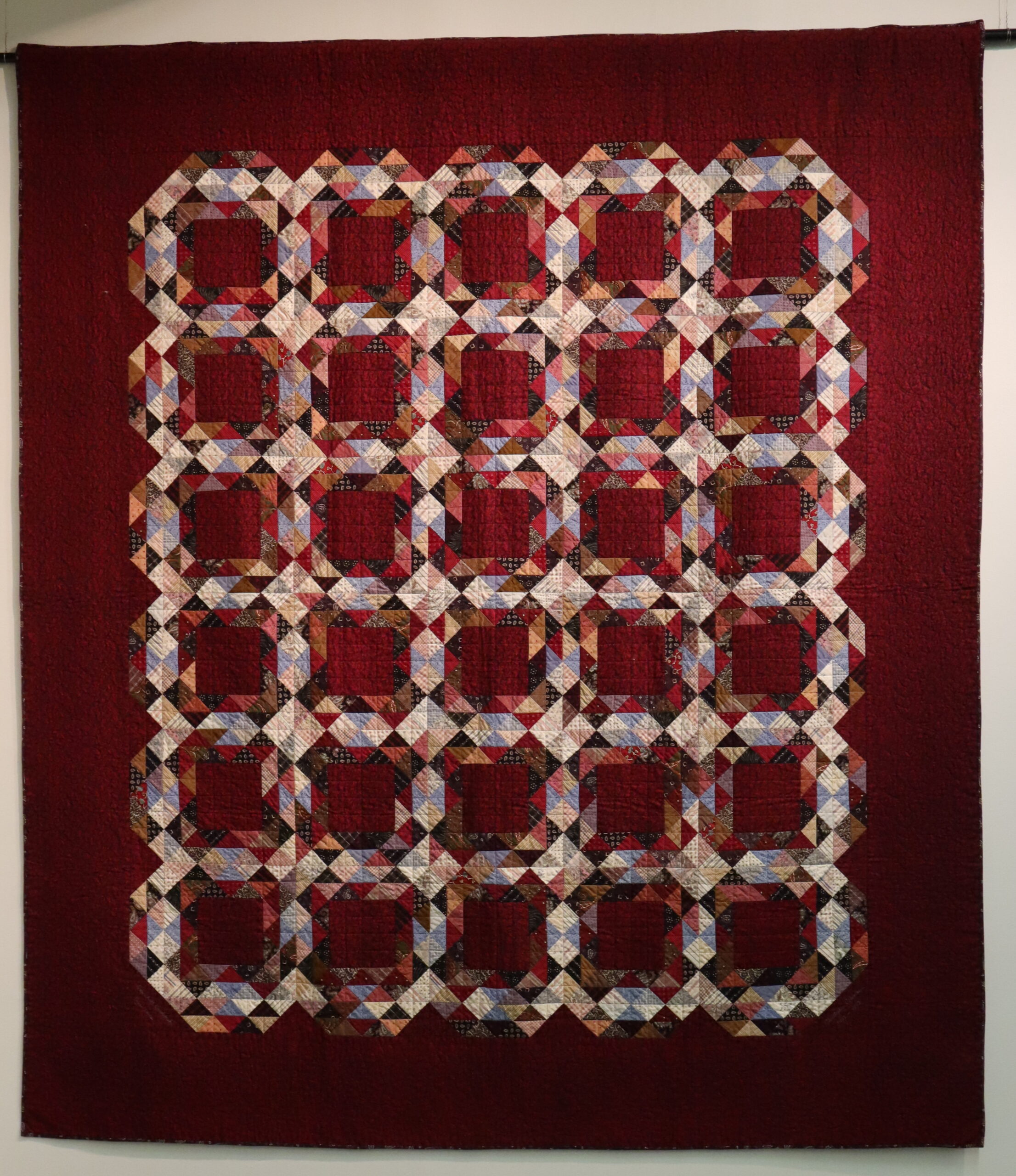
Ocean Waves, 1992
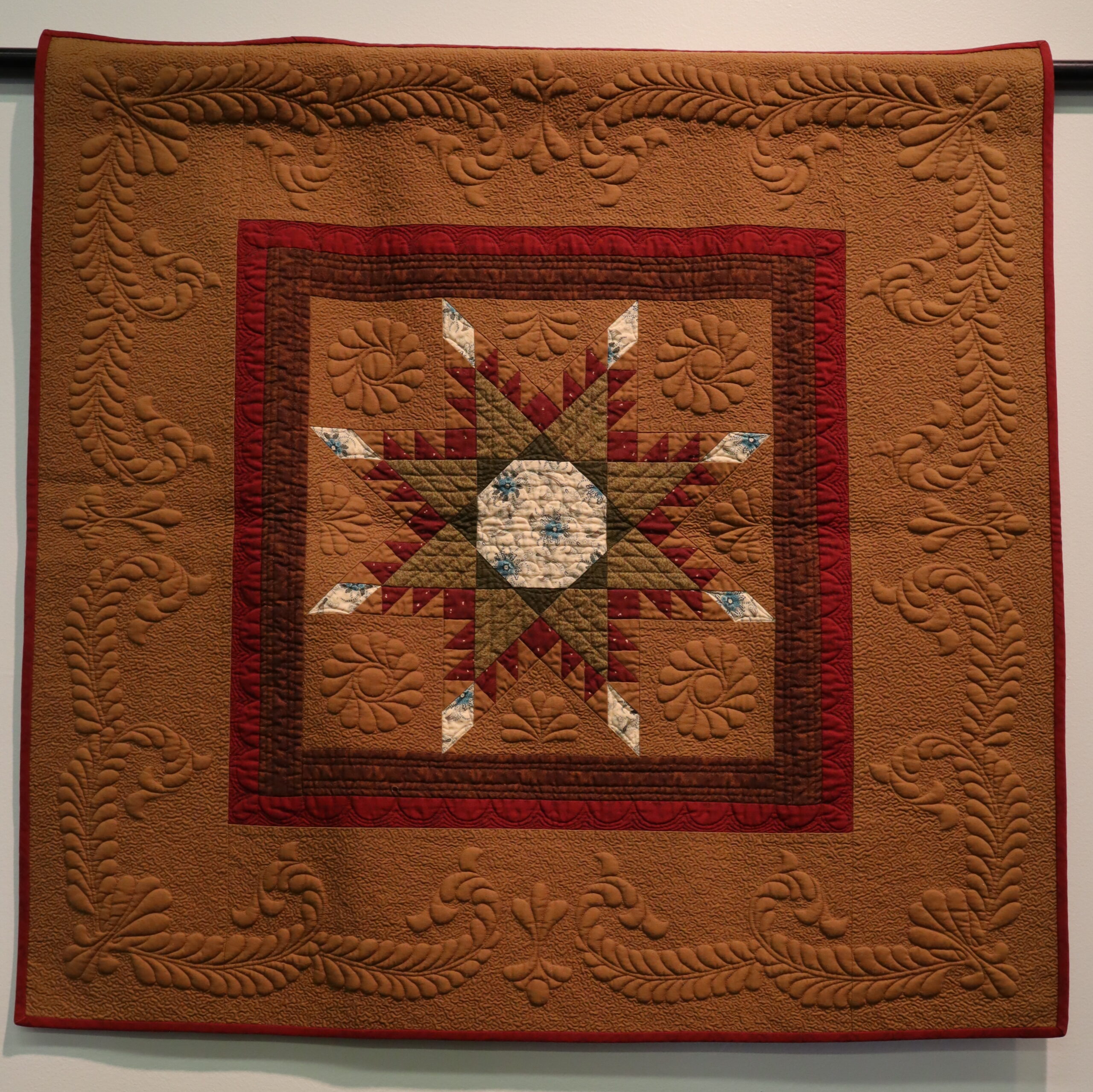
Orphan Feathered Star, 1998
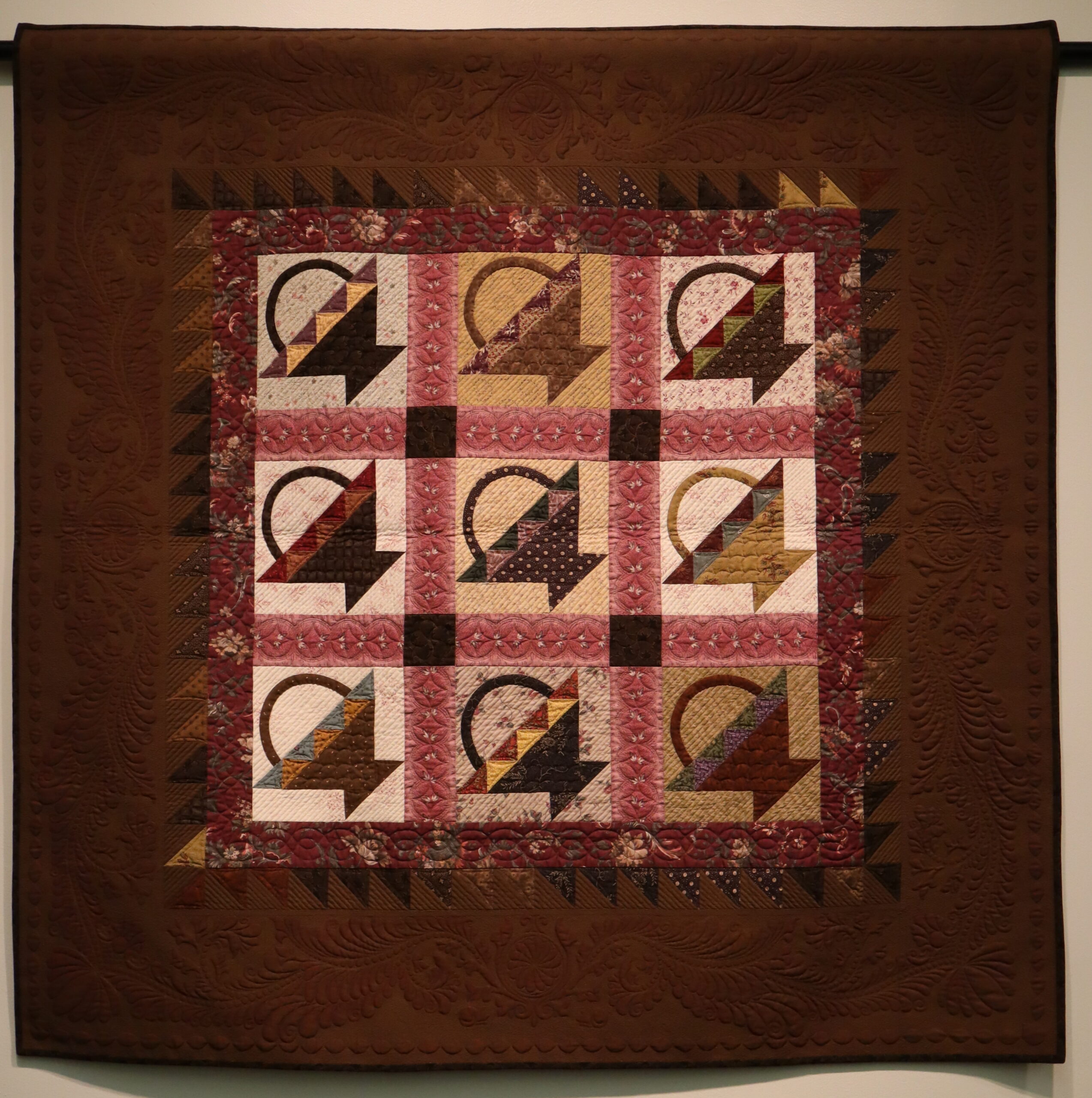
Nine Baskets of Mud, 2003
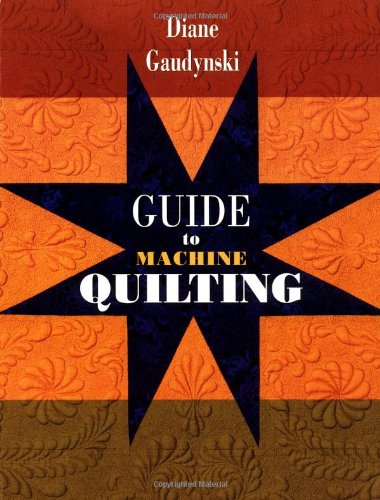
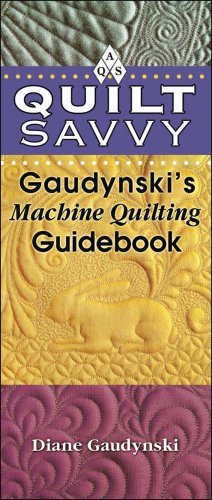
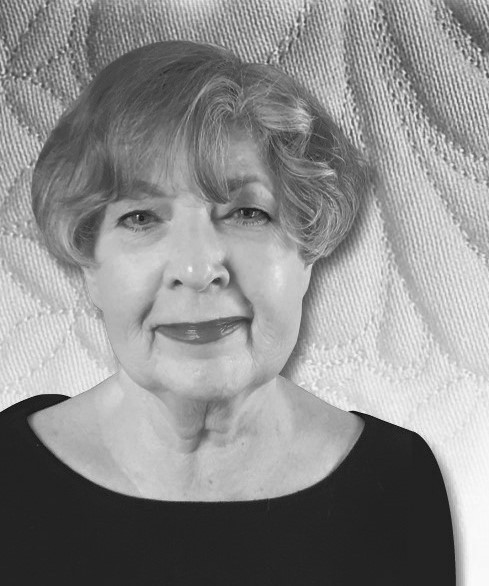
Selected Reading
Gaudynski, Diane. Guide To Machine Quilting, Paducah, KY, American Quilters Society,
Gaudynski, Diane. Quilt Savvy: Gaudynski’s Machine Quilting Guidebook, Paducah, KY, American Quilters Society, 2006.